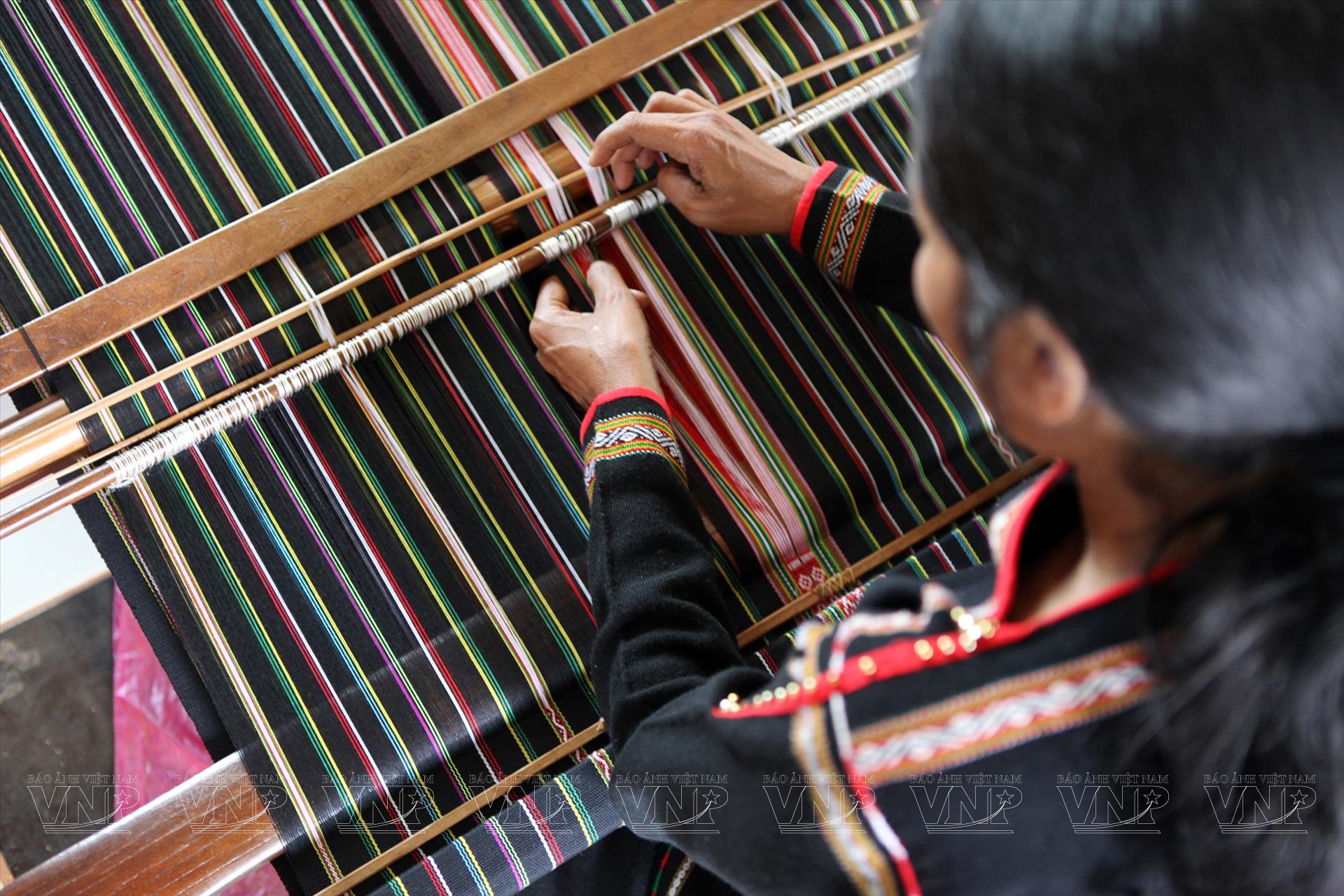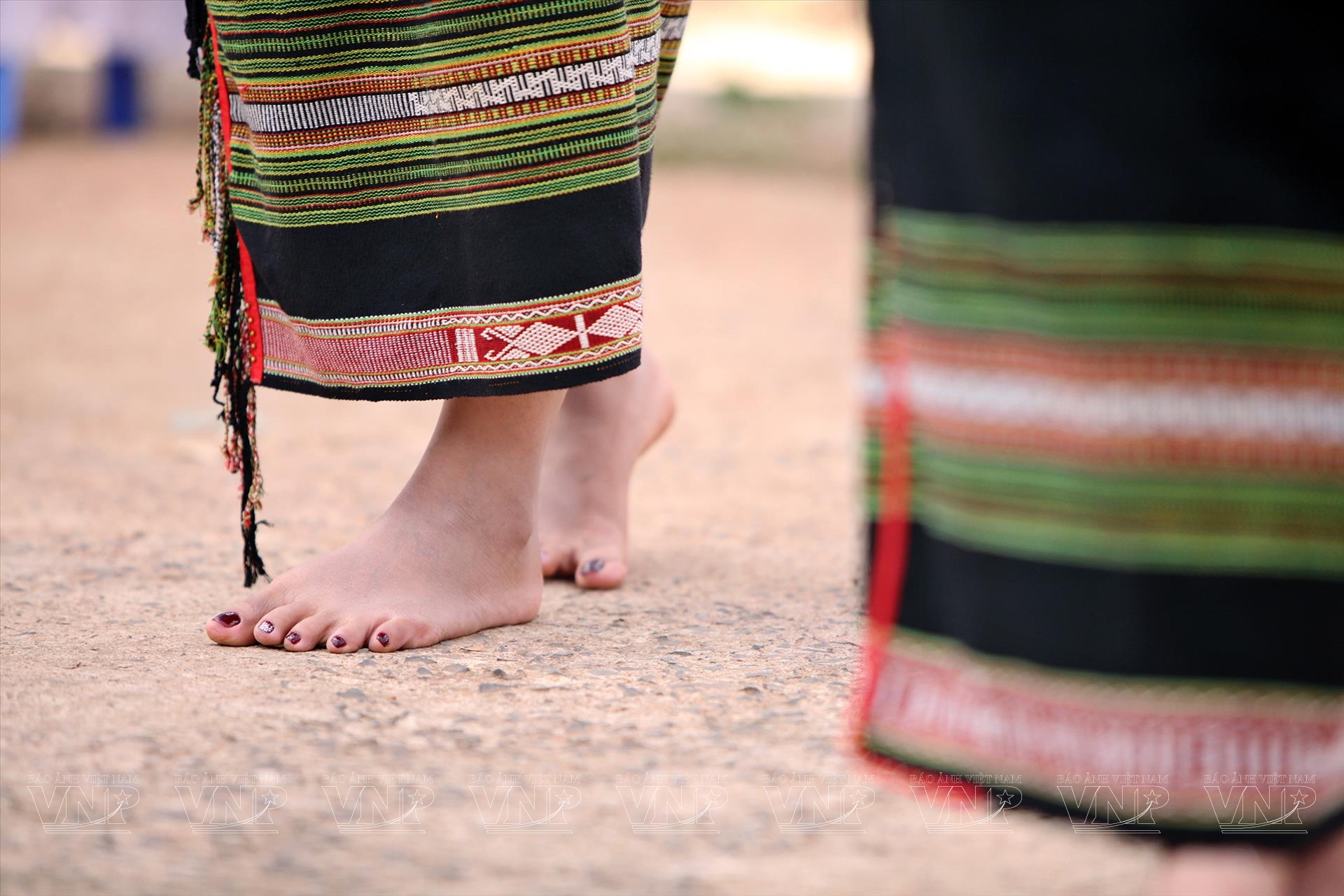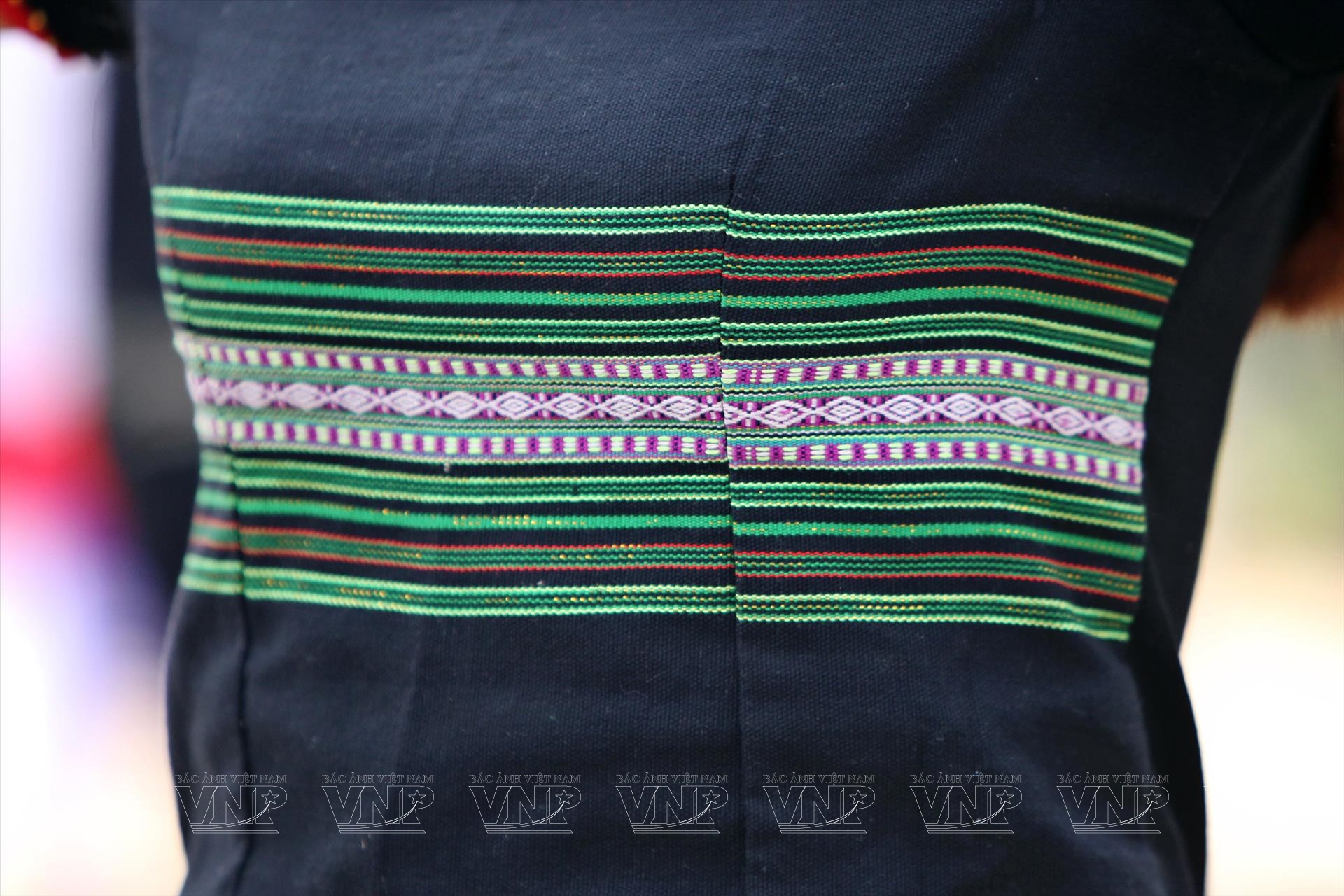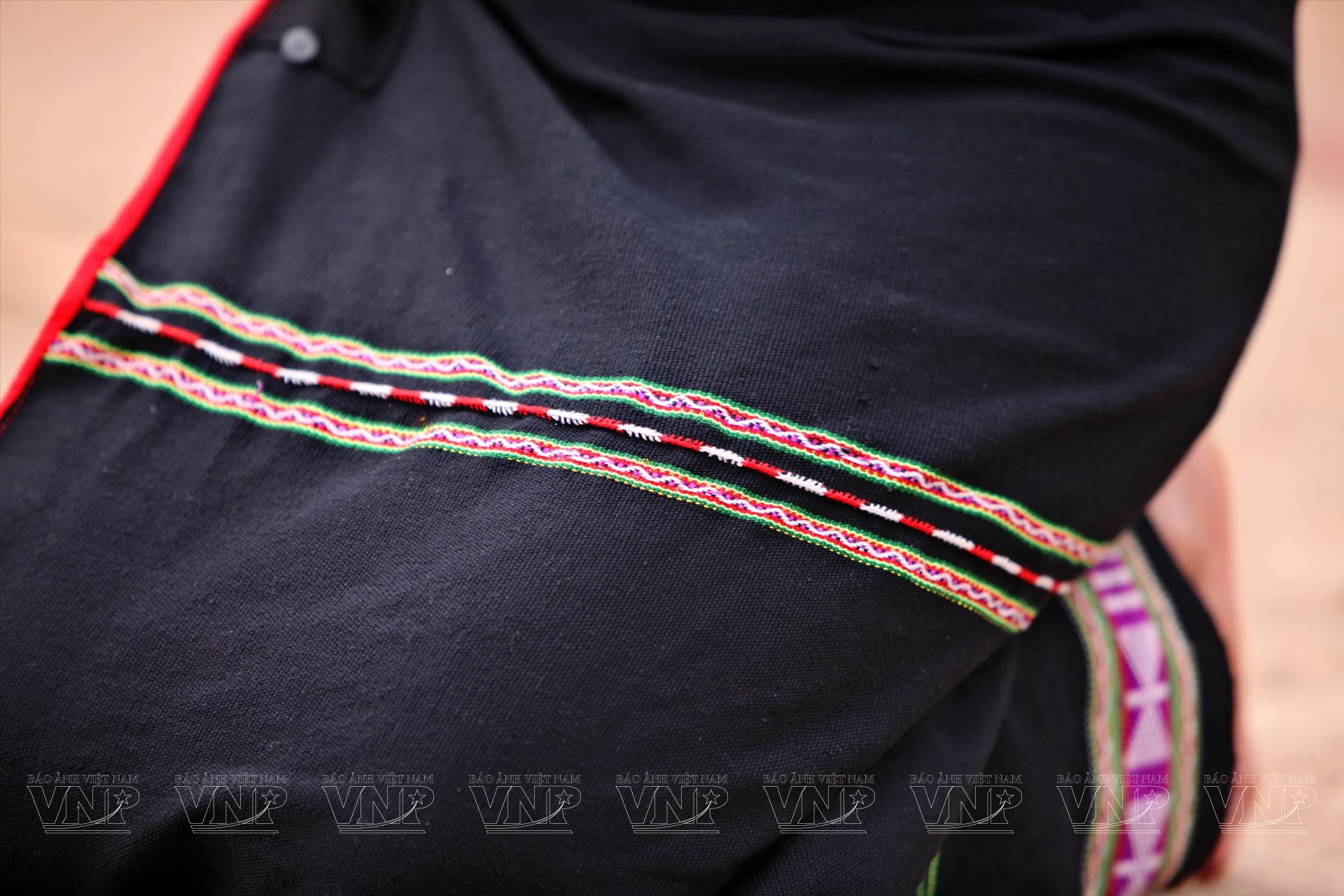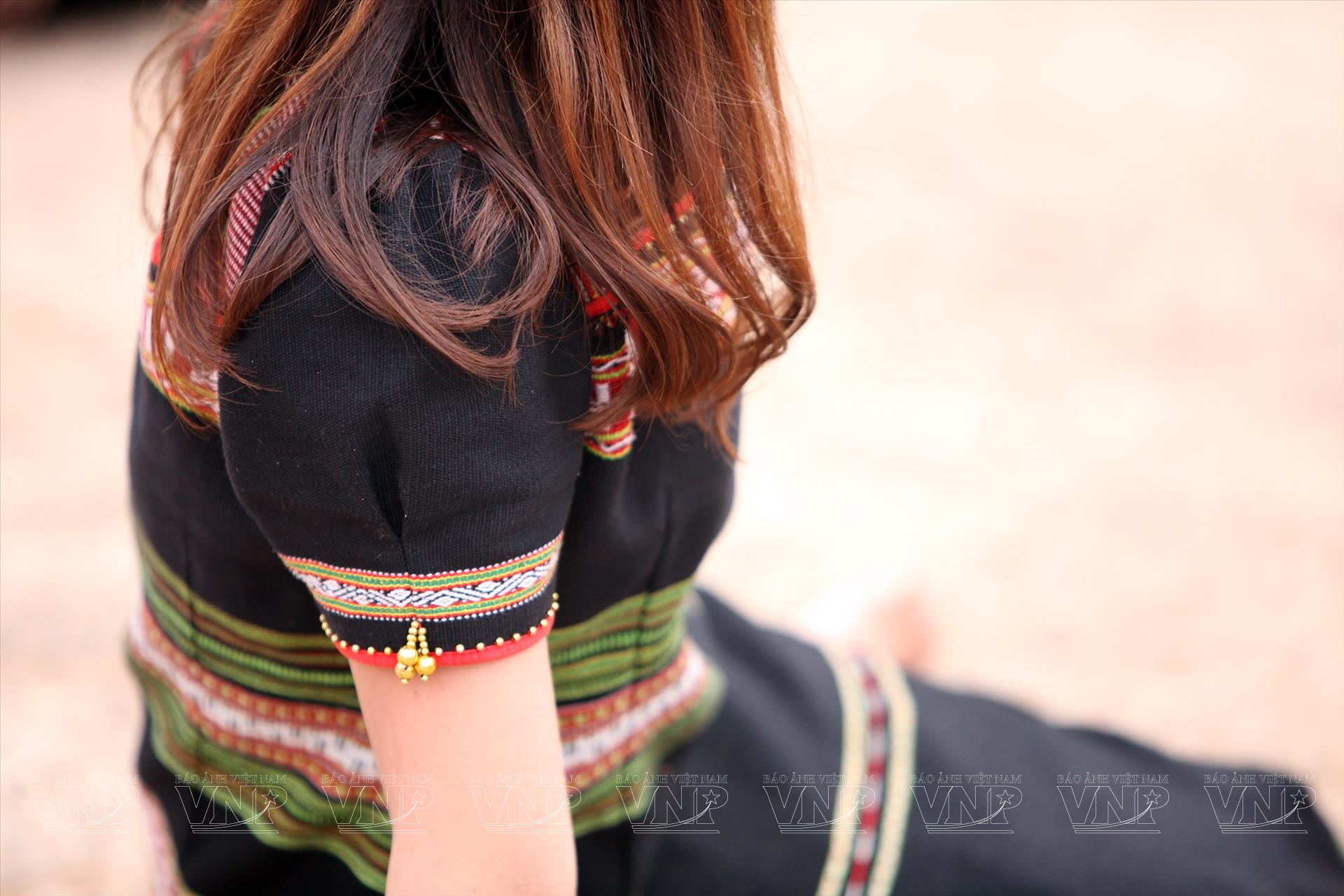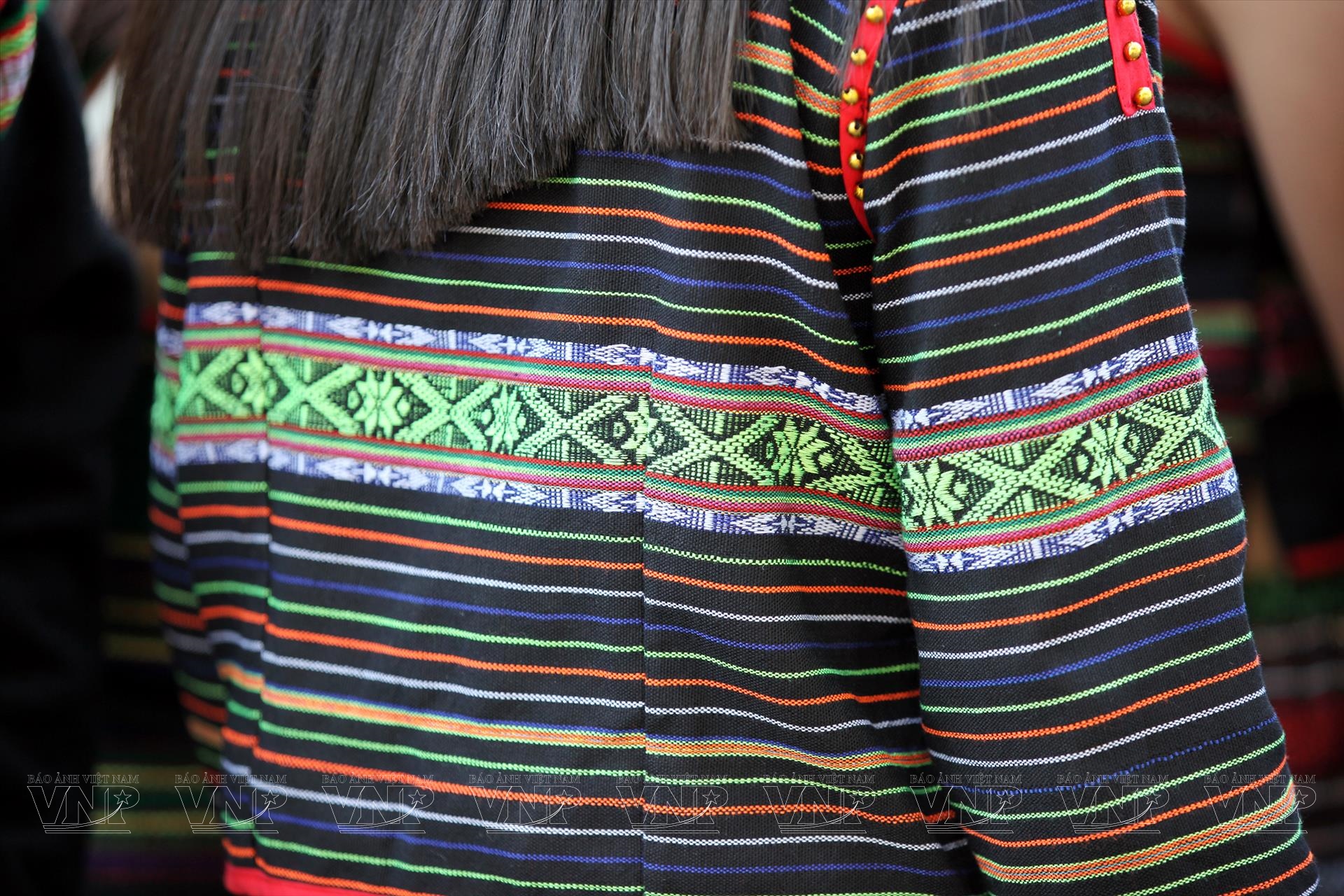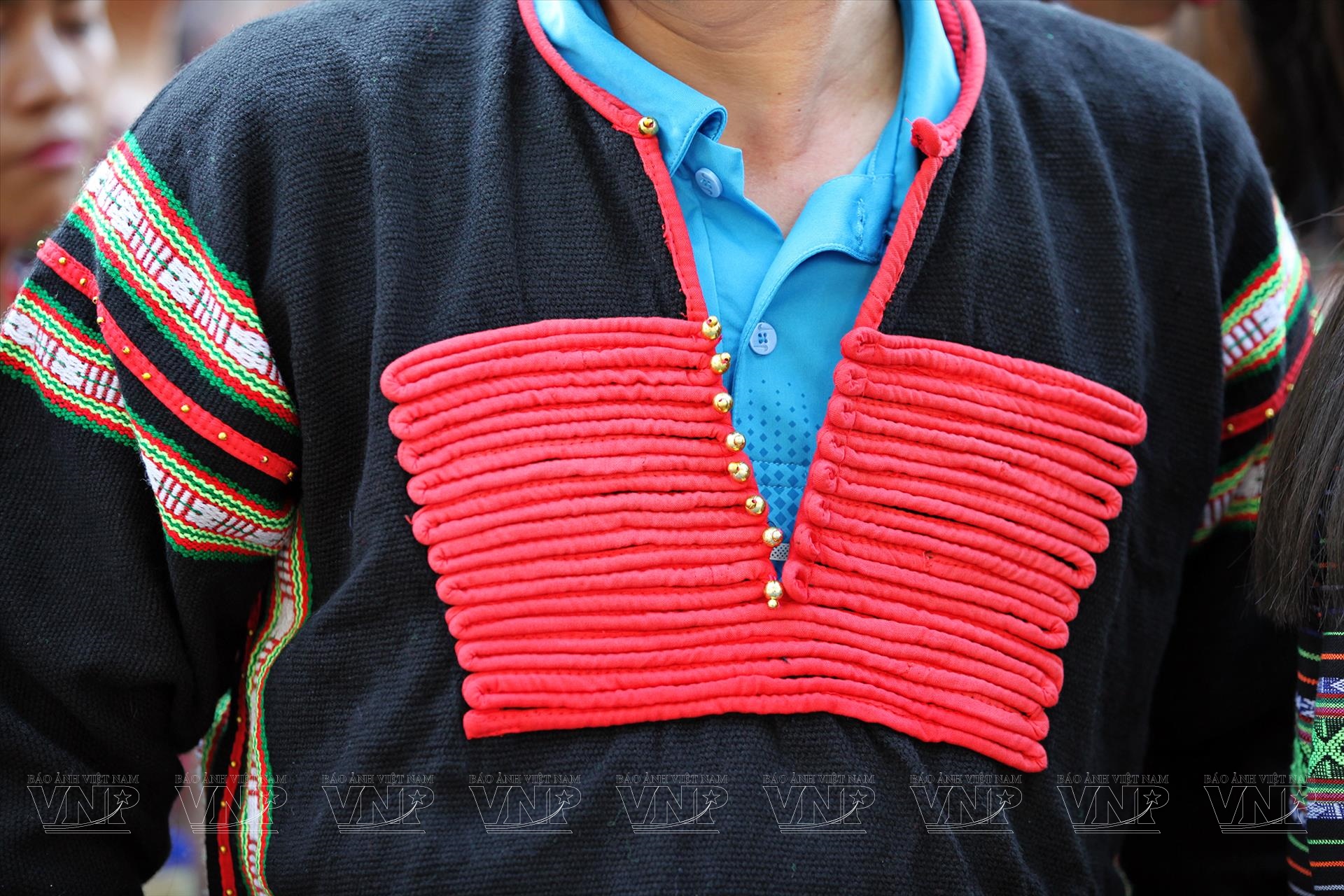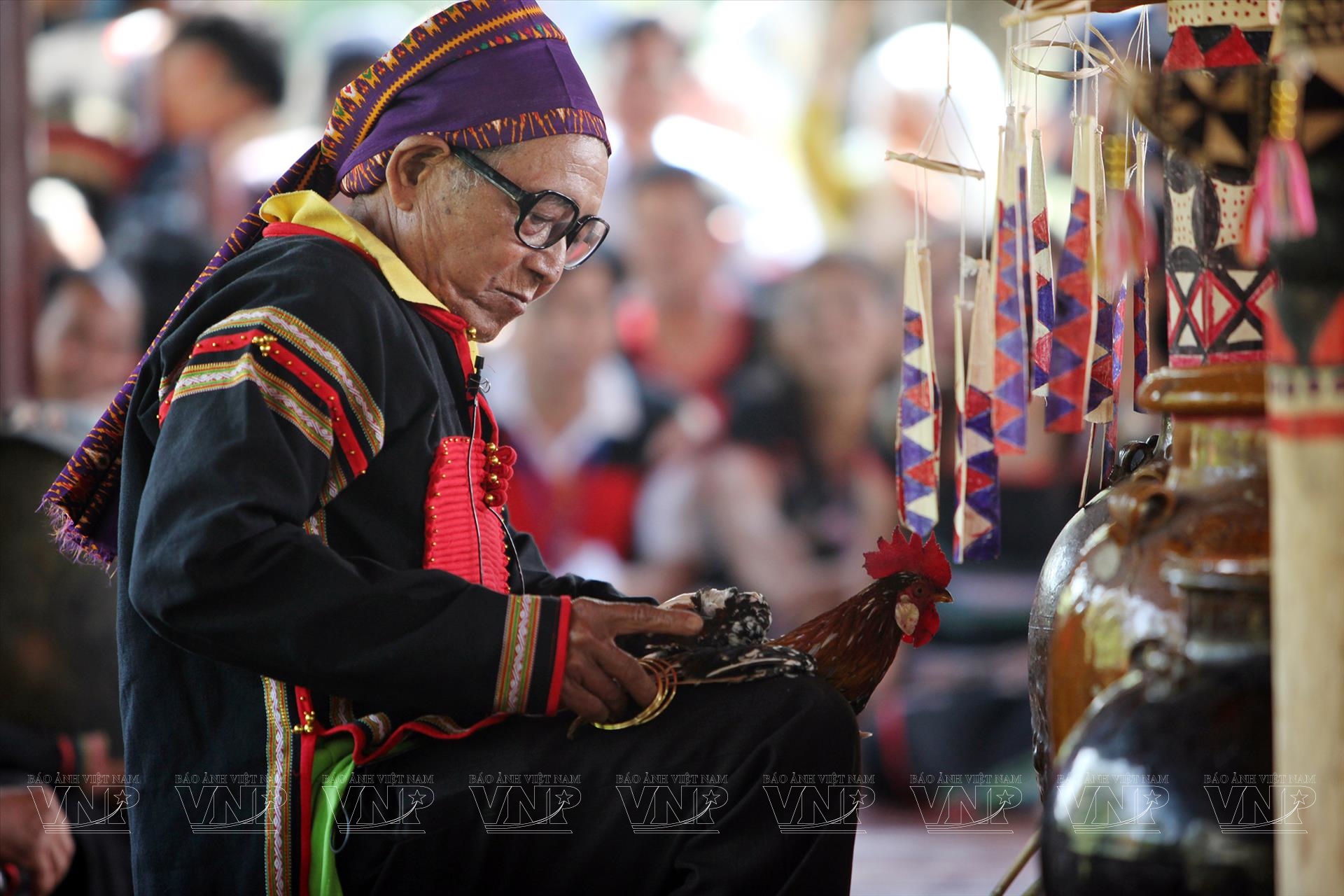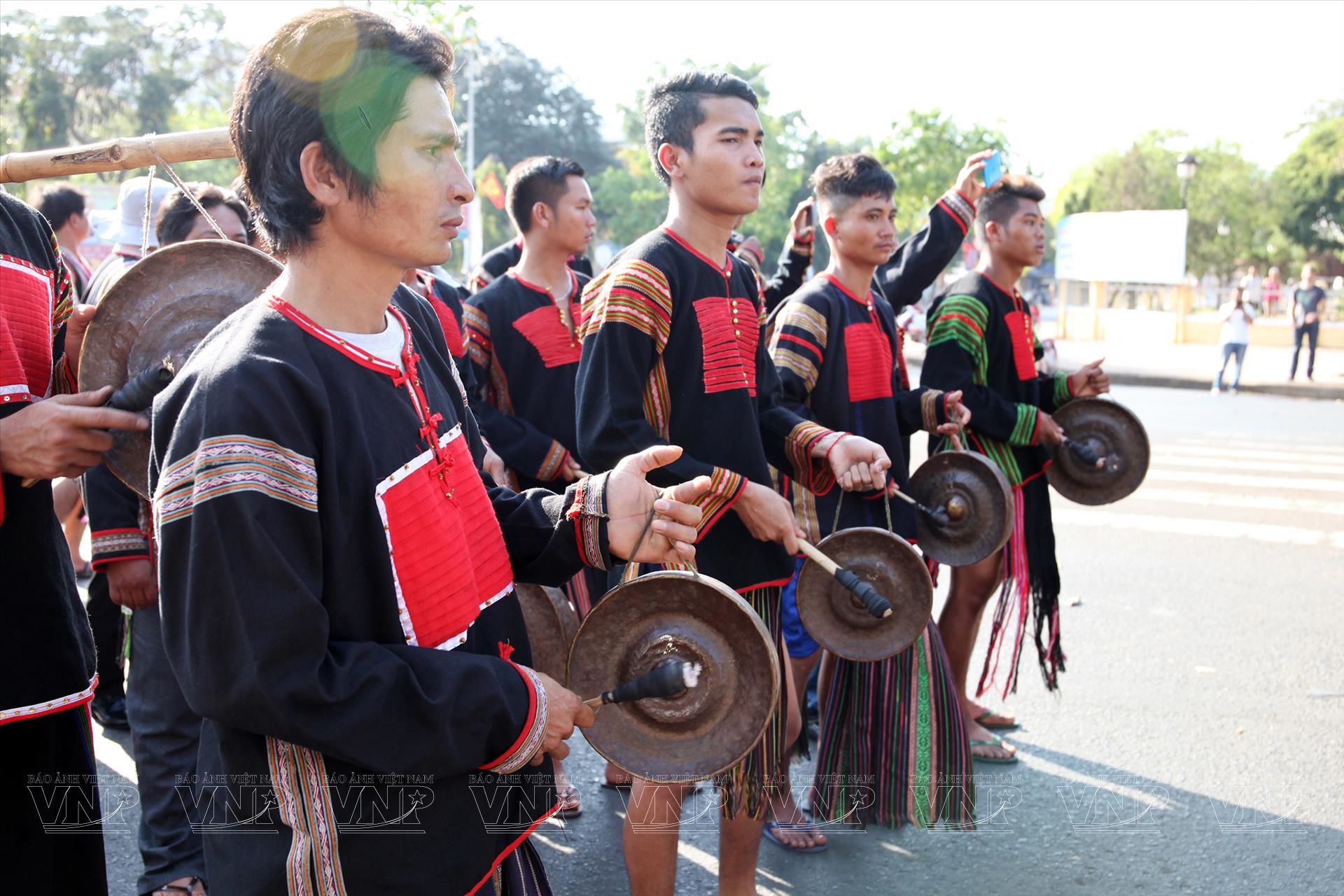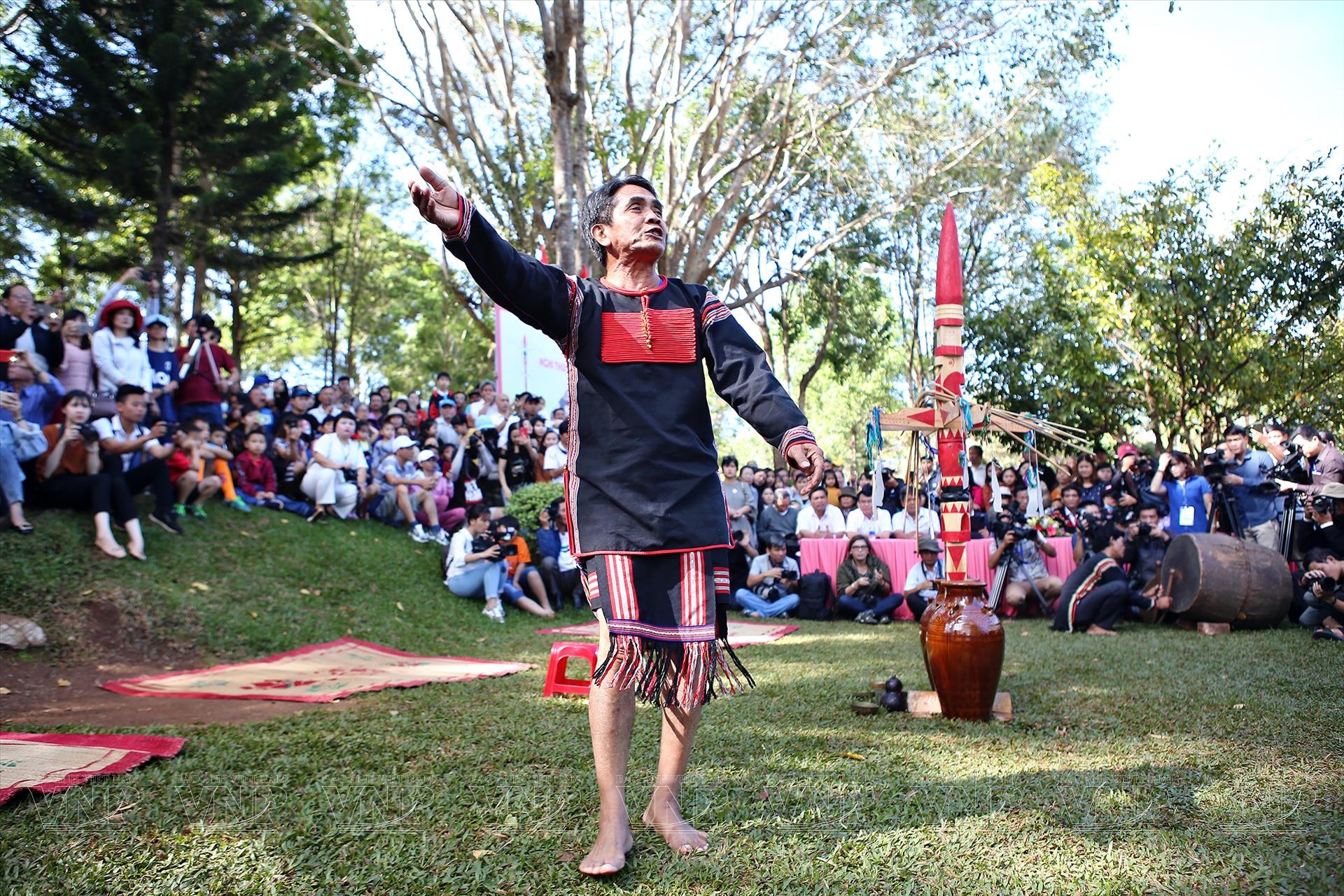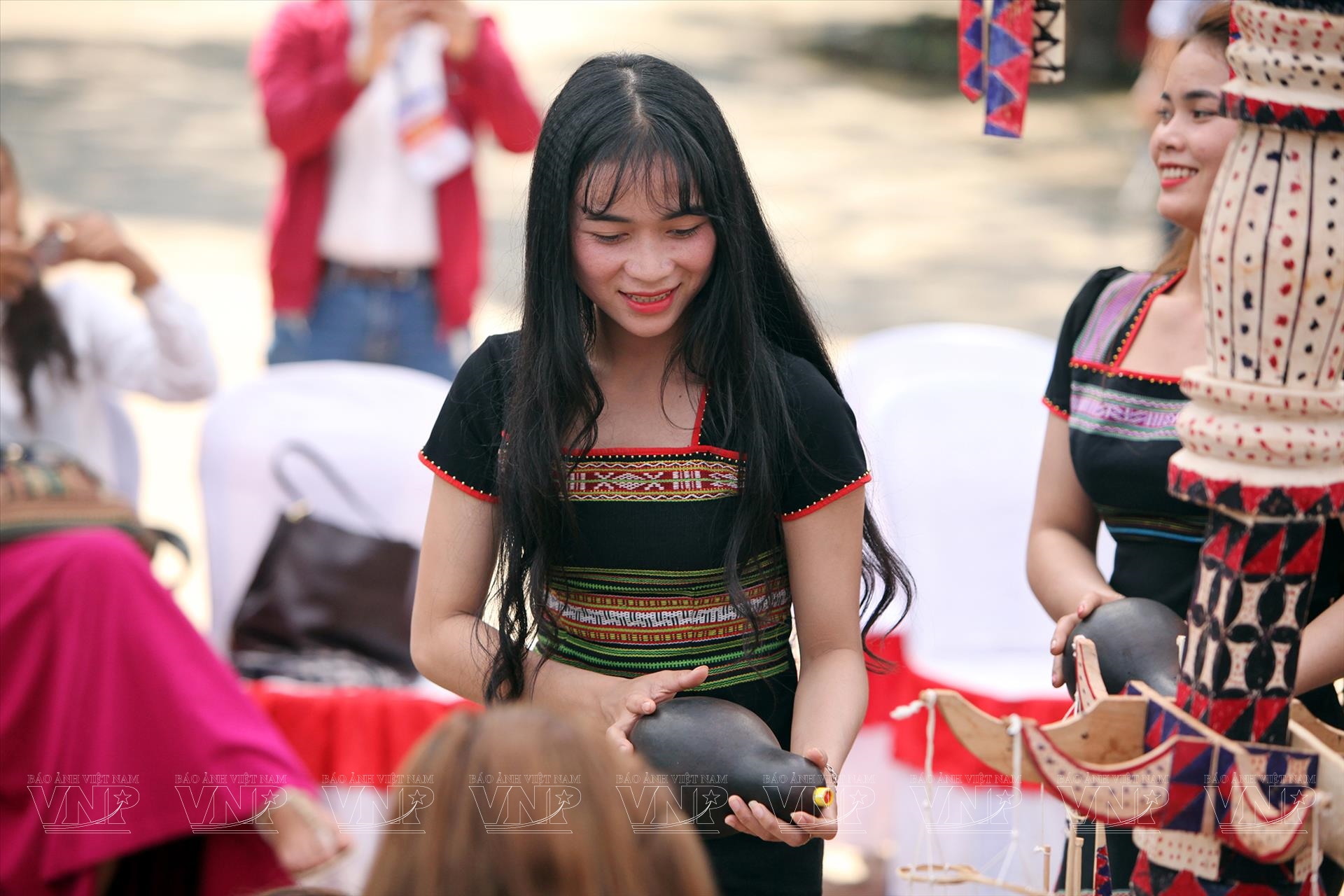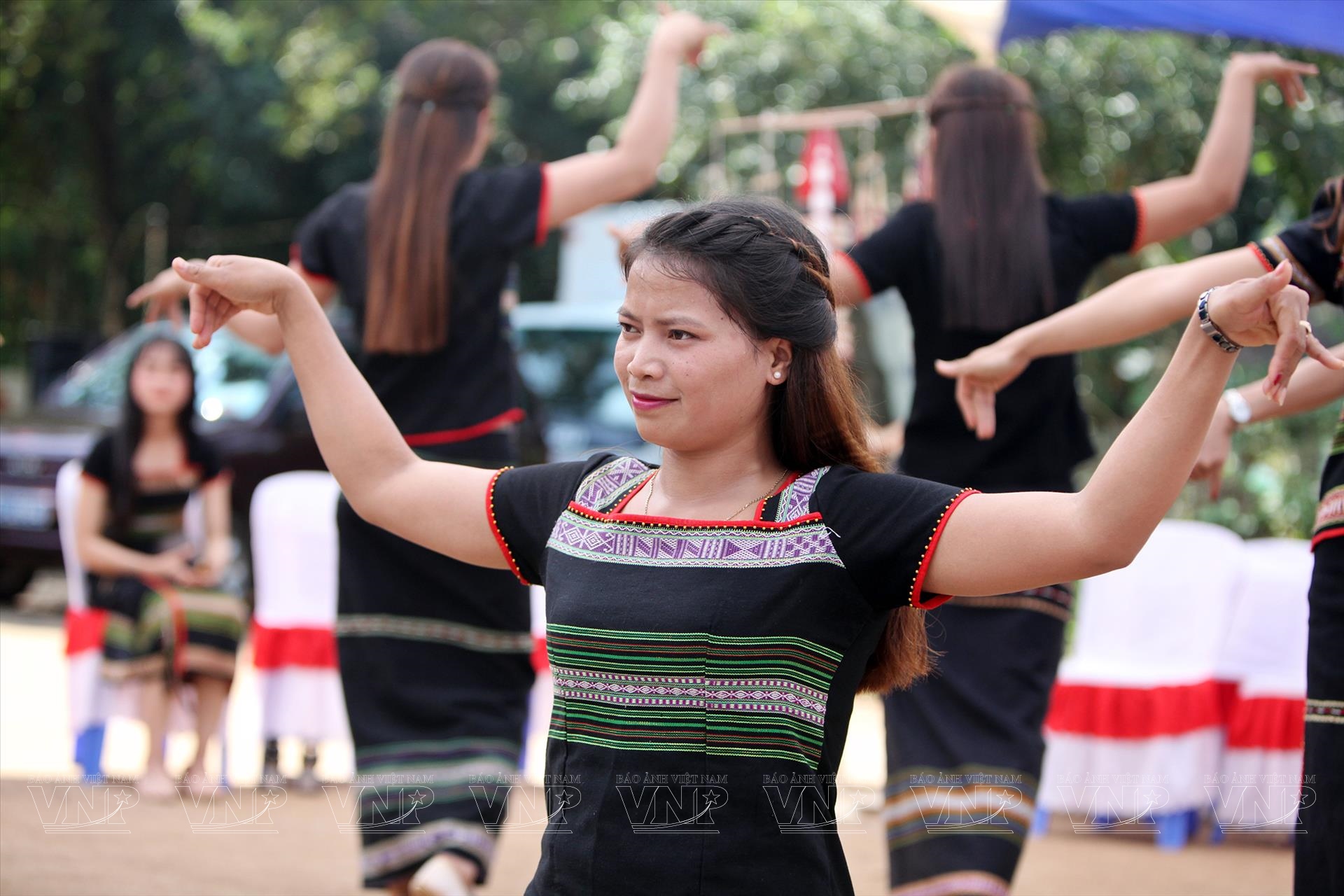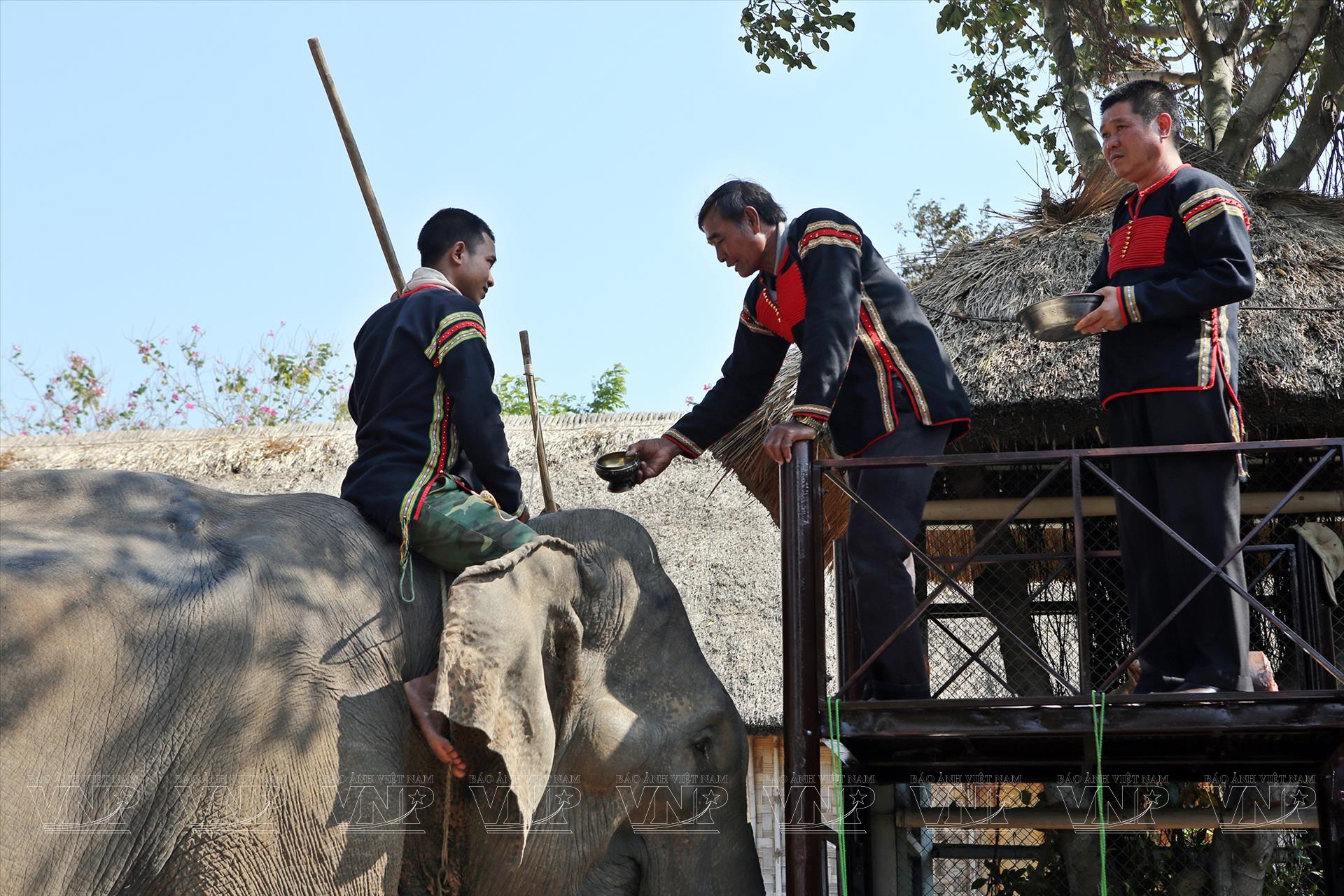Traditional Costumes of the Ede
The Ede are one of 54 ethnic groups in Vietnam. Besides their myths and musical instruments, their traditional costumes present their unique features.
In the culture of the Ede, men and women have traditional costumes. With their skills, the Ede have created costumes with unique features. Traditionally, the costumes of the Ede are usually black or indigo.
The women's traditional costumes are skirts and short sleeve pullovers with unique designs. The top is slit from the left shoulder to the right shoulder. It has delicate embroidery along the shoulders and hems, with small details. In indigo, the pullover is decorated with tiny red, white, and yellow stripes on the collar, sleeves, and hem.
The women wear a sarong as a skirt. The skirt is long enough to reach a woman's heel and creates a discreet feeling.
The men wear loincloths with elaborate floral patterns along the front to show their strength. Men's long-sleeve tops are broader longer than the women. The round neckline tends to lean forward and is cut into a line at the front of the chest. The back of the top is longer than the front. The hemline is decorated with red and white stripes. The area in the middle of the shirt has a horizontal array of color in a rectangular layout.
Men use the loincloths to cover the lower half of their body. Usually, loincloths are about 30cm wide. Depending on the festivals or occasions, loincloths have different lengths.
Story: Ngan Ha/VNP Photos: Cong Dat Translated by Hong Hanh
